Chanca piedra (Gale of the wind) scientifically called ( Phyllanthus niruri L.) is a shrub-like herb from an annual tropical plant it is from the family Euphorbiaceae. The plant grows in the Amazon rainforest in the South America and other tropical areas of the world like North America, Africa, Asia and Australia. The plant has proven to be powerful for supporting bladder, kidney, gallbladder, and liver health.
The plant has tiny leaves, leafy-covered branches which can grow up to about 2 feet (61 cm) tall. It gets the name “seed-under-leaf” because its seed pods bloom into small green flowers and grow beneath the leaves. The whole plant with its leaves, stems, and flowers is used to prepare supplements.
The Inca people grow the plant and use it to heal chronic digestive ailments, viral infections, and skin disorders through decoction or infusions of dried leaves.
Traditionally, it serves as a health supplement that improves the liver’s normal function by aiding it to detoxify and remove harmful substances. They have traditionally used it in Peru and the Amazonian rainforest to treat kidney stones and gallstones, hence its name, “Stone Breaker”
Other names given to the plant are:
- Gale-of-the-wind
- Seed-under-leaf
- Quebra Pedra
- Shatter Stone
- Chance Pierre
- Holy Friday
- Carry-me-seed
- Creole Senna
- Herbs of San Pablo
- Chickweed
- Daun Marisan
The plant has different names in Nigeria such as enyikwonwa and ngwu in the “Igbo”, geeron-tsuntsaayee (bird’s millet) in “Hausa”, and ehin olobe and yin-olobe in”Yoruba”.
They make the supplement from the stem, roots or berries of a tropical vine known as cascara sagrada, Phyllanthus niruri or Chondrodendron tomentosum. In Native America, they use cascara sagrada as an enema to relieve pain in their bowels and intestines. The herb has also been used to treat diarrhea and dysentery because it contains tannins that have laxative properties.
In some circles, they believe the herb can help with weight loss by increasing metabolism, but there’s little evidence to support this claim at this point. However, there are many scientifically proven benefits of chanca piedra we will discuss.
- READ ALSO: The Main Health Benefits of Date Palm Fruit
Chanca piedra supplement can help with a variety of conditions related to the digestive system, liver, and kidneys. It contains phytochemical that can increase urine flow, kill harmful bacteria and viruses, and relieve inflammation .
You can get Chanca piedra formulations available as teas, liquid extracts, capsules, or tablets forms.
Composition of Chanca Piedra
Chanca Piedra has a good value of carbohydrate, a small quantity of fibre, proteins, and lipids. It also has anti-nutritive factors such as oxalate, phytate, cyanogenic glycosides, nitrate, and tannins.
The mineral composition of the plant is:
- Sodium
- Iron
- Manganese
- Zinc
- Calcium
- Pottasium
- Phosphorus
- Magnesium
Bioactive compounds and phytochemicals present in the plant include flavonoids (kaempferol, gallocatechin, quercetin, and rutin), lignans, tannins, coumarins, terpenes, alkaloids, sterols, saponins and phenylpropanoids.
Suggested Dose: 10-20mL 3 times per day, 10g powder, 45-50mL juice of the plant, 4.5g
in a sachet for tea.
Health Benefits of Chanca Piedra
Chanca Piedra is used to treat various disease conditions. Though there is a little research to back this claim, some evidence proved it can be beneficial in some conditions.
Anti-inflammatory action: Chanca piedra can reduce inflammation. It does this by regulating important detoxification agents, such as the compound glutathione. It also elevates levels of antibacterial agents and antioxidants.
Oxidative stress can cause chronic inflammation, which may cause a chronic illness. Reducing these toxins and free radicals could seriously boost overall health.
The roots of the plant appear to be more potent. They contain 28 compounds that can reduce inflammation by down regulating oxidative stress. In a study carried out on rodents, it confirmed the fact that the antioxidant activity from chanca piedra can boost vitamins and minerals and help cleanse the body. It contains antioxidants such as glutathione, vitamin C, and catalase.
Natural Enema: Chanca piedra is a powerful herb that can serve as an enema alternatively. The Incas and other indigenous people have used for centuries it to treat intestinal problems such as diarrhea and constipation. It contains (antimicrobial) tannins, saponins, and (anti-inflammatory) flavonoids.
These components help to heal your body from within by cleaning out your colon and eliminating toxic waste from your body. Indian researchers studied 30 children with viral diarrhea, giving half the children chanca piedra (Phyllanthus niruri). The other half received a placebo.
The study found that more children given chanca piedra experienced symptom improvement such as better stool consistency, reduced fever, vomiting and stomach pain than those given the placebo.
Kidney Stone: Chanca piedra is best known as a potential kidney stone cure, which is how it earned the name “stone breaker.” The herb is alkaline, so it may help prevent acidic kidney stones. It’s a less expensive, over-the-counter alternative to prescription potassium citrate, an alkalizing agent that’s commonly used to prevent acidic kidney stones. It may also help you urinate more.
In one study in 56 people with kidney stones who took 4.5 grams of the herb per day, researchers found that the kidney stones decreased in size and number in about two-thirds
of participants.
Although there’s a small amount of evidence to support the use of chanca piedra for kidney stones in humans, we need larger and more human studies to determine if chanca piedra truly has any benefits.
Stomach Ulcer: Chanca piedra extract can kill the bacterium that causes stomach ulcers such as H. pylori (Helicobacter pylori). Some research (Test-tube studies) shows that this plant could help in killing these bacteria responsible for causing stomach ulcers in humans.
Test-tube studies like these typically involve highly concentrated extracts being applied directly to bacterial cells, which isn’t how oral chanca piedra supplements would work. More research is required to understand how effective it is on stomach ulcers.
High Blood Sugar: In animal studies, the antioxidants in chanca piedra have been able to improve fasting blood sugar levels, which can help with blood sugar management. This doesn’t mean that chanca piedra would have the same effect on humans.
They need more research to understand the effect of chanca piedra on blood sugar levels in humans.
Gallstones: For the same reason, it may help with kidney stones, the alkalizing properties of Chanca
Piedra may help prevent gallstones as well. In traditional medicine practices, they use it as a gallstone treatment.
Yet, there’s no scientific evidence to support the use of chanca piedra specifically for gallstones.
Gout: Gout flare-ups can occur when high levels of uric acid buildup in the blood. Chanca Piedra may help balance out these levels and prevent gout attacks. Some animal studies showed a decrease in uric acid levels in animals receiving Chanca Piedra supplements.
Liver Diseases: Owing to its antioxidant content, chanca piedra may improve liver function and help protect the liver from cellular damage caused by free radicals unstable compounds causing damage when they build up in your body at high levels.
The herb also appears to be helpful for treating hepatitis B, an inflammatory viral infection of the liver at least in animal studies.
Because some other herbs in the Phyllanthus genus exhibit strong antiviral activity against
hepatitis B in a way that rivals other antiviral medication, interferon researchers
theorize that chanca piedra could have similar effects.
Still, most of this research was based on animal studies. We need more human studies to assess the effects of the herb on liver health.
High Blood Pressure: Some animal research indicates that the herb may help relax the blood vessels, which could lead to reductions in blood pressure.
Yet, one human study noted a slight increase in blood pressure in people taking it. More research regarding the effects of chanca piedra on blood pressure in humans is needed. It’s important to note that most of the existing research on the plant has been done in animals or test tubes, using highly concentrated extracts.
Reduces Infection: Some studies carried out in mice and cells that show that chanca piedra can slow the growth of various fungi, bacteria, and pathogens. It can also delay the onset and development of resistant malaria parasite.
In fact, 79% of mice in the study experienced delayed development with a dose of 1600 mg per kg per day. In another study, chanca piedra inhibited the proliferation of hepatitis C. Chanca piedra demonstrated antimicrobial properties against a wide range of pathogens, not least those that are drug resistant, helping the body detoxify a wide range of harmful bacteria.
Another promising study found that phyllanthus niruri (chanca piedra) extract can clear out viral cells in people having HIV.
Brain Health: We can get brain fog and mental malfunctions from chronic stress. It can be oxidative stress or perceived mental triggers. Both activate the fight-or-flight system of the body, which in-turn down regulates many of the body’s natural healing process.
An example of neurotransmitters used by the rest-and-digest system is called acetylcholine. This chemical messenger helps promote memory and focus. Chanca piedra can block the enzymes that break down this important chemical and by so boost cognitive function.
In a mouse models research, they discovered that the plant improved memory scores of young mice. It also reduces amnesia. Though these properties are promising, we need more studies in humans to find the mechanism of action behind this. These findings could be beneficial in the Alzheimer’s disease.
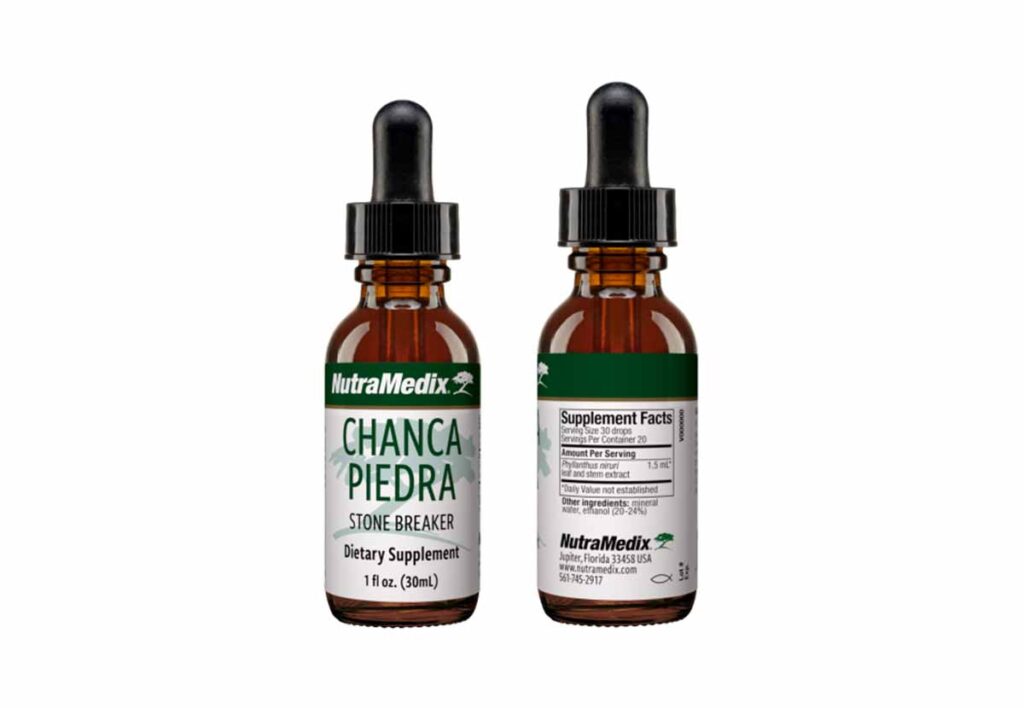
Common Side Effects
Some reported side effects of chanca piedra supplement from human studies include abdominal pain, nausea, blood in the urine, painful urination, with abdominal pain was by far the most common. Other side effects are less common.
Chanca piedra may also reduce blood sugar and blood pressure levels, so they should use it with caution for people on blood pressure or blood sugar lowering medication.
A severe side effect is the excretion of an electrolyte like potassium, which when is in excess can lead to potassium depletion. This has a negative effect on heart rhythm.
There is less government regulation on health supplements, so there’s minor oversight to ensure that the label is an honest representation of what’s in the supplement.
Precautions
It’s essential to take certain precaution while using chanca piedra “Phyllanthus niruri L.” supplements. Patients with conditions such as diabetes, potassium levels, blood clotting disorder should talk to their doctor before taking any supplement.
Chanca piedra may slow down the rate of blood clotting, increasing the risk of bleeding in those with clotting disorders. It may also lower blood sugar level and it may decrease potassium levels through excretion.
Chanca Piedra Overdose
We still need enough research to confirm whether chanca piedra overdose is possible. However, one should limit the quantity to take to the daily dose on the supplement label, as there could be safety concerns with high doses of chanca piedra.
Drug Interactions with Chanca Piedra
Chanca piedra has the potential to interact with several medications, including:
Lithium: Chanca piedra may make you urinate more, which can affect the way your body removes
lithium.
Anticoagulants/Blood-thinning medications (such as aspirin, warfarin): Chanca piedra may slow blood clotting. When taken with anticoagulants, which prevent blood clots, there may be an increased risk of bleeding, which can lead to severe complications in people who are on blood thinners.
Antidiabetic medications/Blood sugar lowering drugs (including insulin and oral medications such as Glucophage, and Diabeta): Chanca piedra is thought to lower blood sugar levels. When taking antidiabetic medications, blood sugar levels may be too low. Chanca piedra may decrease your blood sugar levels. If you are already on insulin or other drugs that lower blood sugar, this can lead to a dangerously low levels known as hypoglycemia.
Antihypertensives/Blood pressure lowering drugs (such as Vasotec, Norvasc): Chanca piedra may lower blood pressure. Taking medications that lower blood pressure and chanca piedra may cause your blood pressure to be too low.
Diuretics (water pills, such as Lasix or mannitol , calcium carbonate, and stimulant laxatives): Chanca piedra causes the body to lose water and excrete potassium. When taken with water pills, it could cause your blood pressure to be too low.
Summary
Chanca piedra is a supplement believed to be a natural remedy for kidney stones, digestive problems, and other health conditions. Results from research suggest it reduced kidney stones, reduced bacteria that cause ulcers, and slowed hepatitis B infections.
However, research is still limited, and they need more data to support health claims. Before taking supplements and plant medicines, it is essential to discuss the use with your healthcare personnel. This is important, especially if you have a health condition or taking any medications, other plant medicines, or dietary supplements.

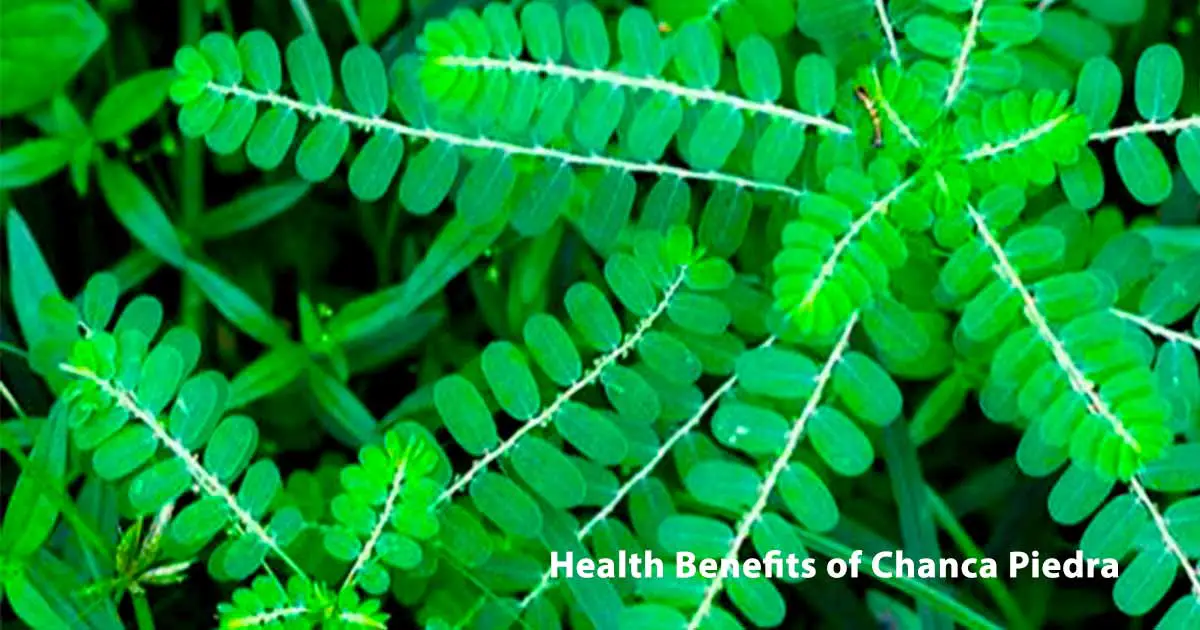

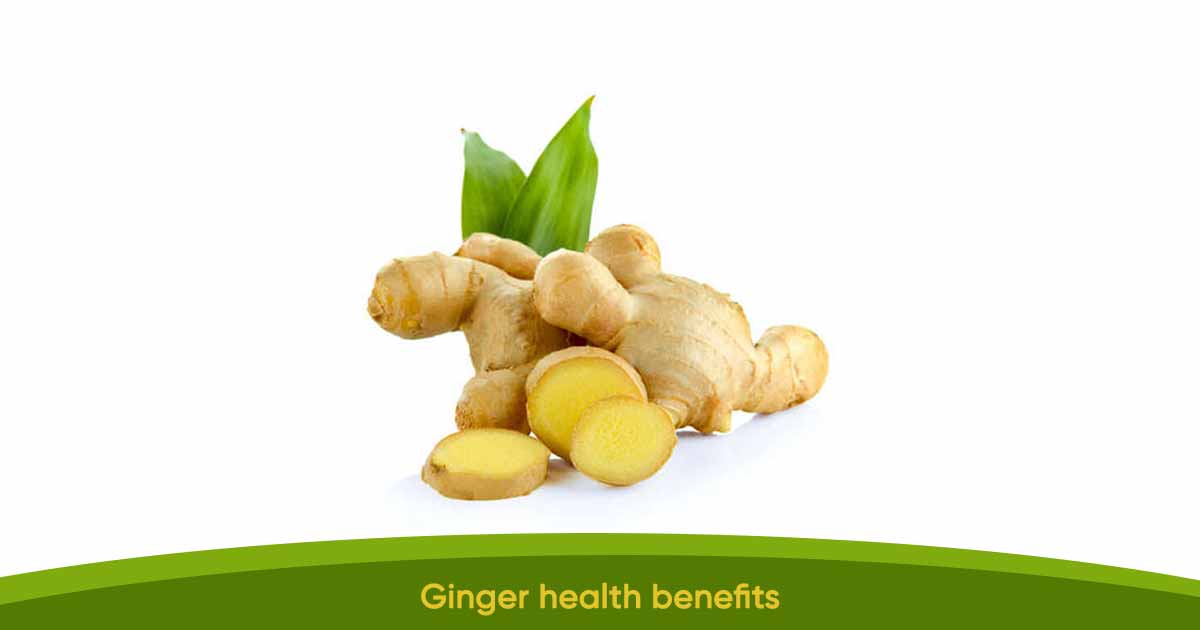
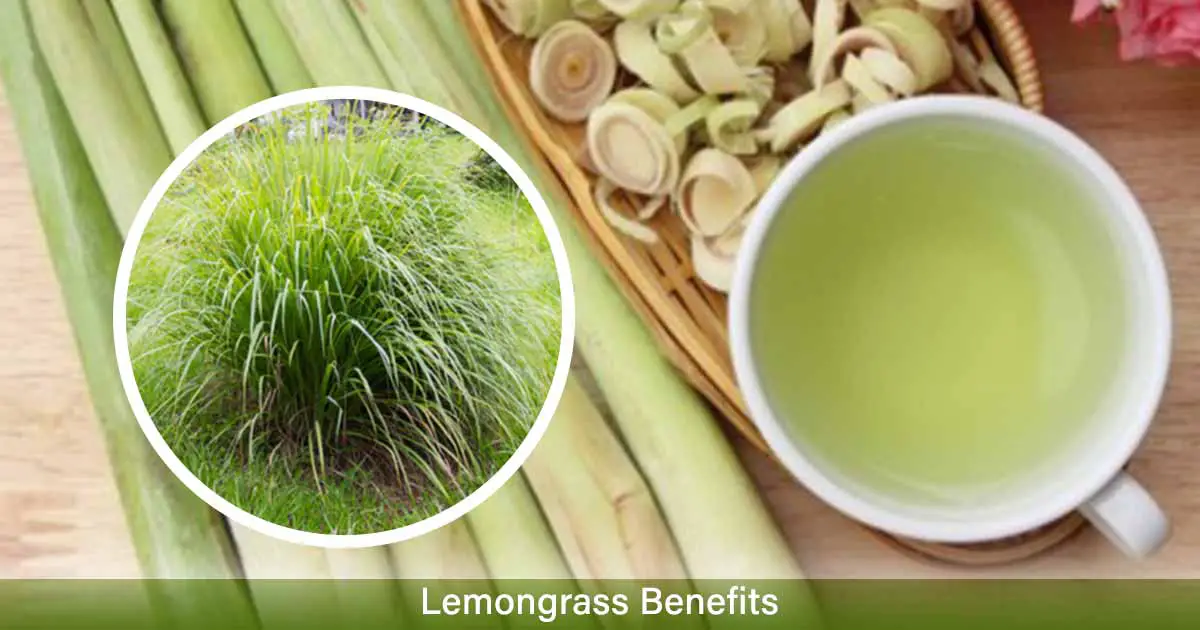
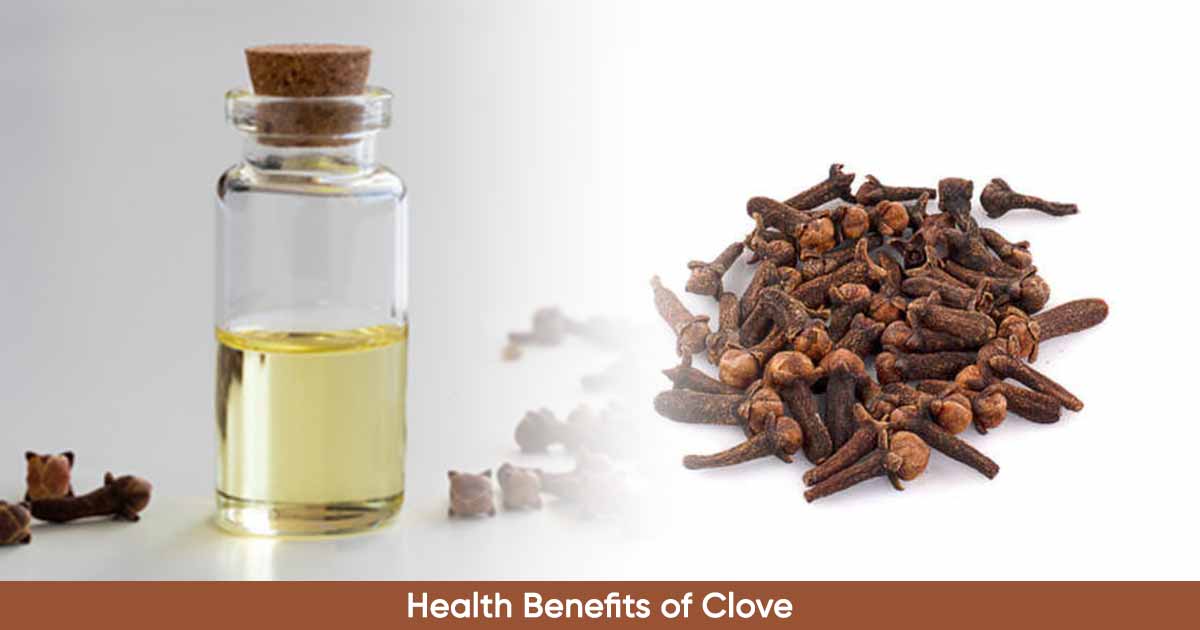
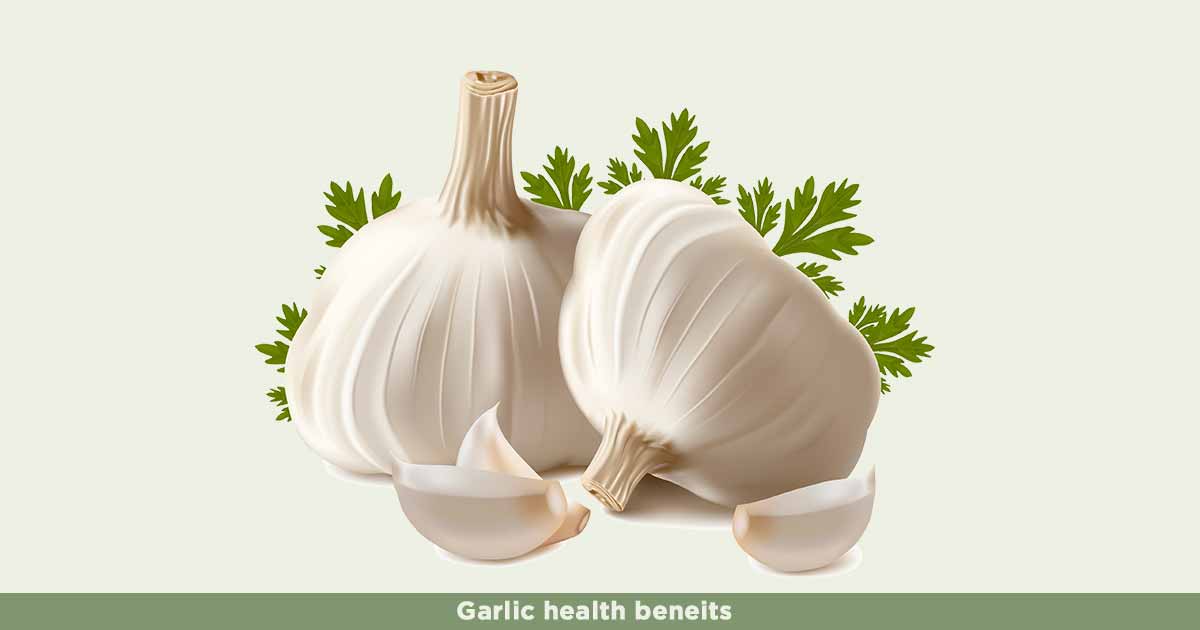
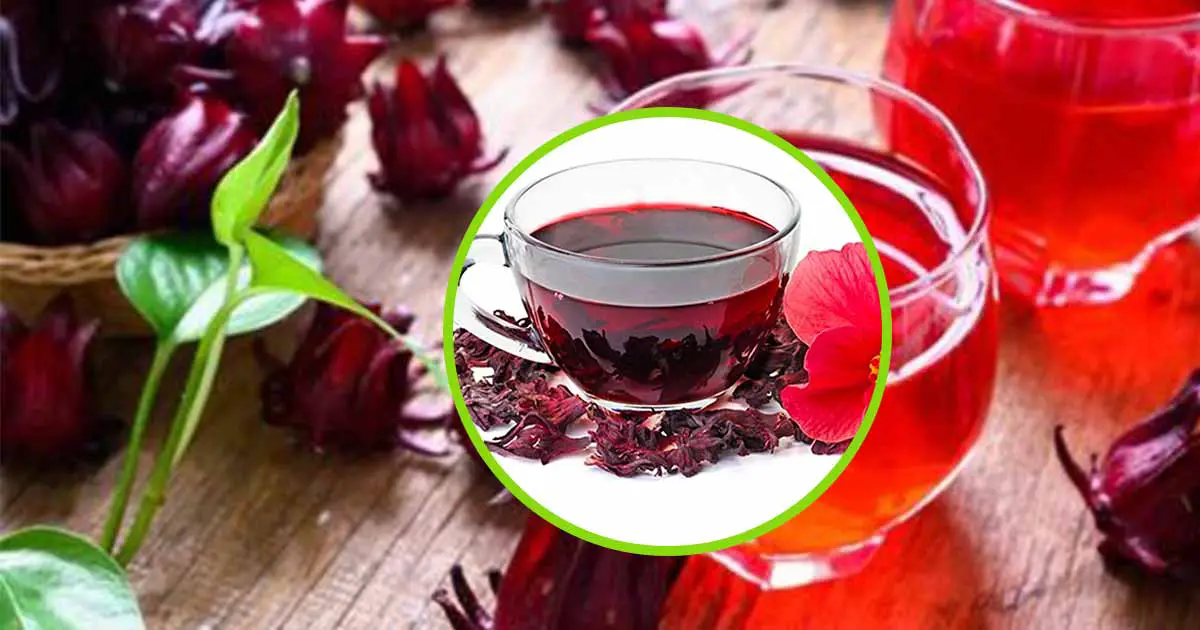
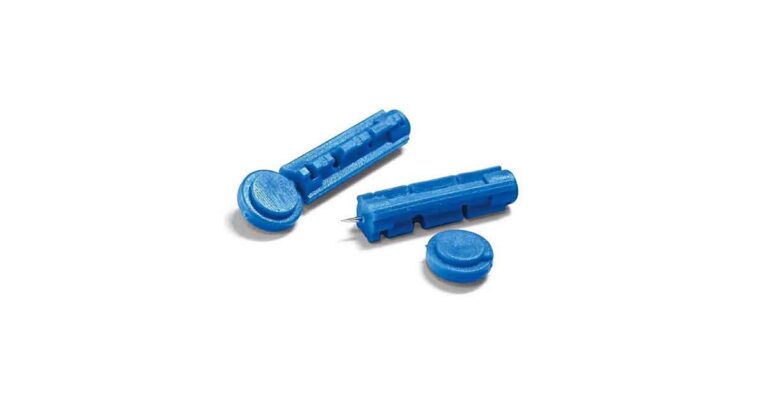
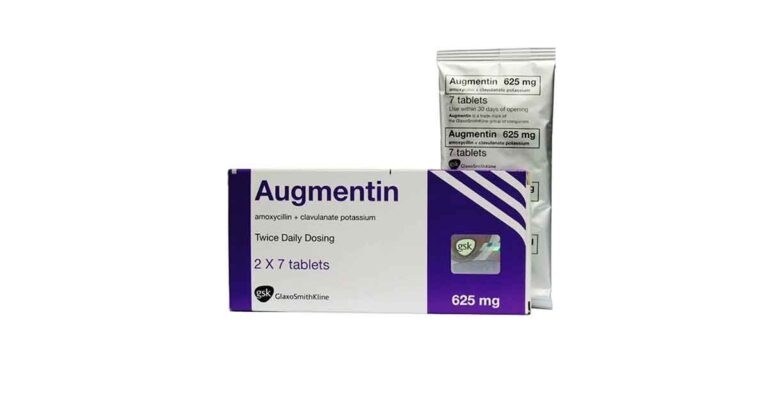
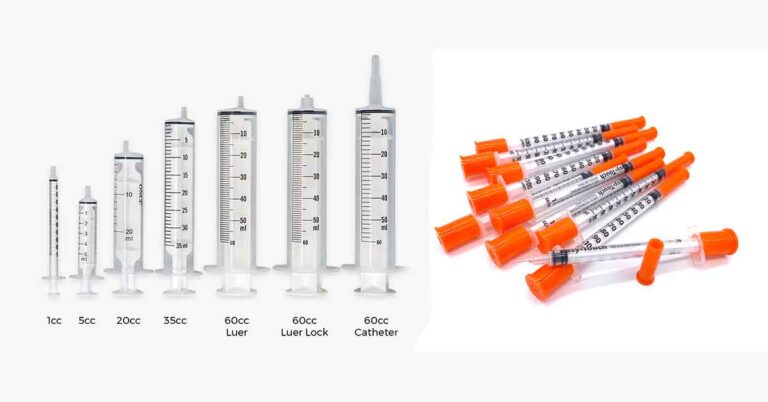
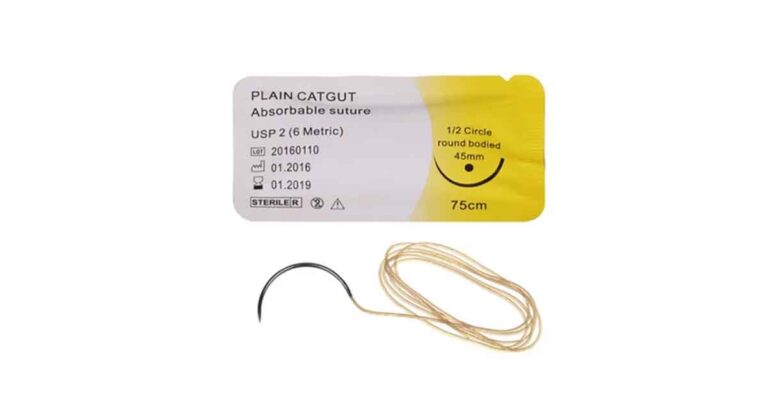

I believe in herbs but alot of herbalist have mislead plenty people, so i think spreading the msg through net will actually help alot to save life